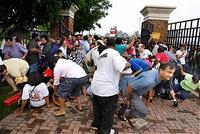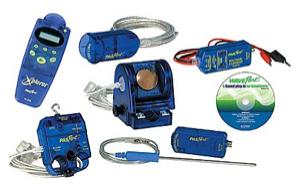Quote of the Day
"In physics, it takes three laws to explain 99% of the data; in finance, it takes more than 99 laws to explain about 3%."
Andrew Lo
Andrew Lo
At the Weavers School in Wellingborough, England, teachers were told in August to tolerate 15- and 16-year-old students' cussing, even the "f word," at least up to five times per class. According to London's Daily Mail, the teachers were to merely keep a count of the words on the board, which the school believes shows tolerance for occasional bad language, but which more cynical teachers and parents believe will encourage the students to max out usage in each class.



Like many space entrepreneurs, Rutan thinks the private sector can do what NASA cannot: inspire tomorrow's astronauts and scientists by offering them the real promise of a trip to space.
There are signs that SpaceShipOne's historic suborbital flights marked the dawn of a new space age.
Of the 26 teams that entered the Ansari X Prize competition, 10 are now viable companies, according to Ian Murphy, spokesman for the prize's successor, the X Prize Cup.
Rutan has a deal with British entrepreneur Richard Branson, chairman of the Virgin Group, to build a fleet of five spacecraft. The new company, Virgin Galactic, will take passengers on 2 1/2-hour trips into space for $200,000 each.
The Royal Swedish Academy of Sciences awarded the prize to Roy Glauber, John Hall and Germany's Theodor Haensch for studying light and harnessing lasers to create a "measuring stick" to gauge frequencies with extreme precision.
"We get most of our knowledge of the world around us through light," said the Academy, calling optics "the physicists' tool for dealing with light phenomena."
The winning trio's research answered such questions as how candle light differs from laser beams in a CD player and how light can measure time more accurately than an atomic clock.
"All three of them deserve the prize," said Peter Rodgers, editor of Physics World magazine. "The general area of quantum optics and lasers is an area in which there has been a lot of progress in recent years. This prize reflects well on progress in that area."
Haensch used even-spaced laser pulses "like the teeth of a comb or the marks on a ruler" to determine the value of frequencies and Hall refined this technique.
"One of the best applications is to test whether what we teach in physics is true or just approximately true," he said.